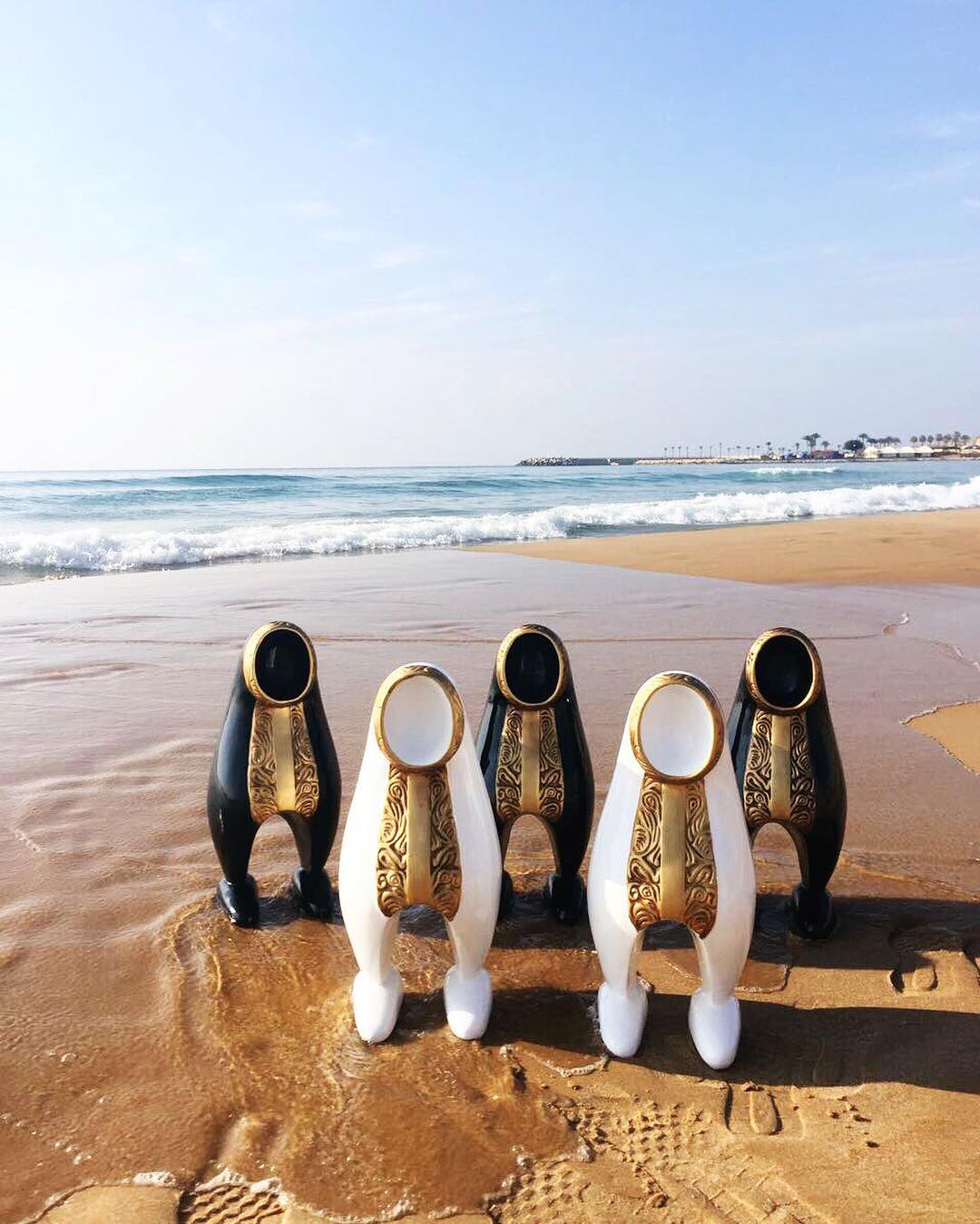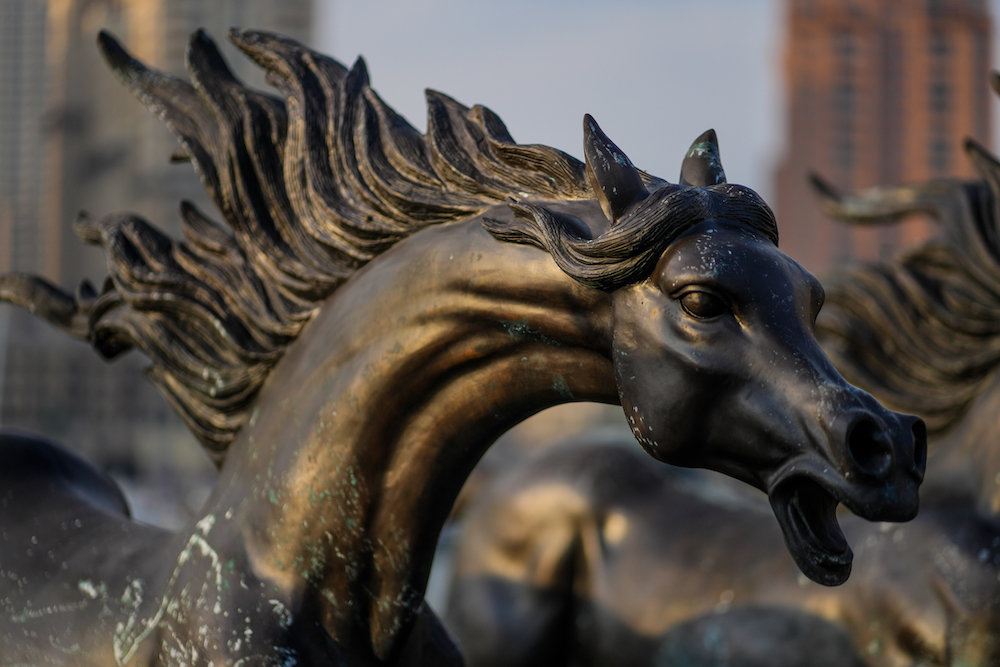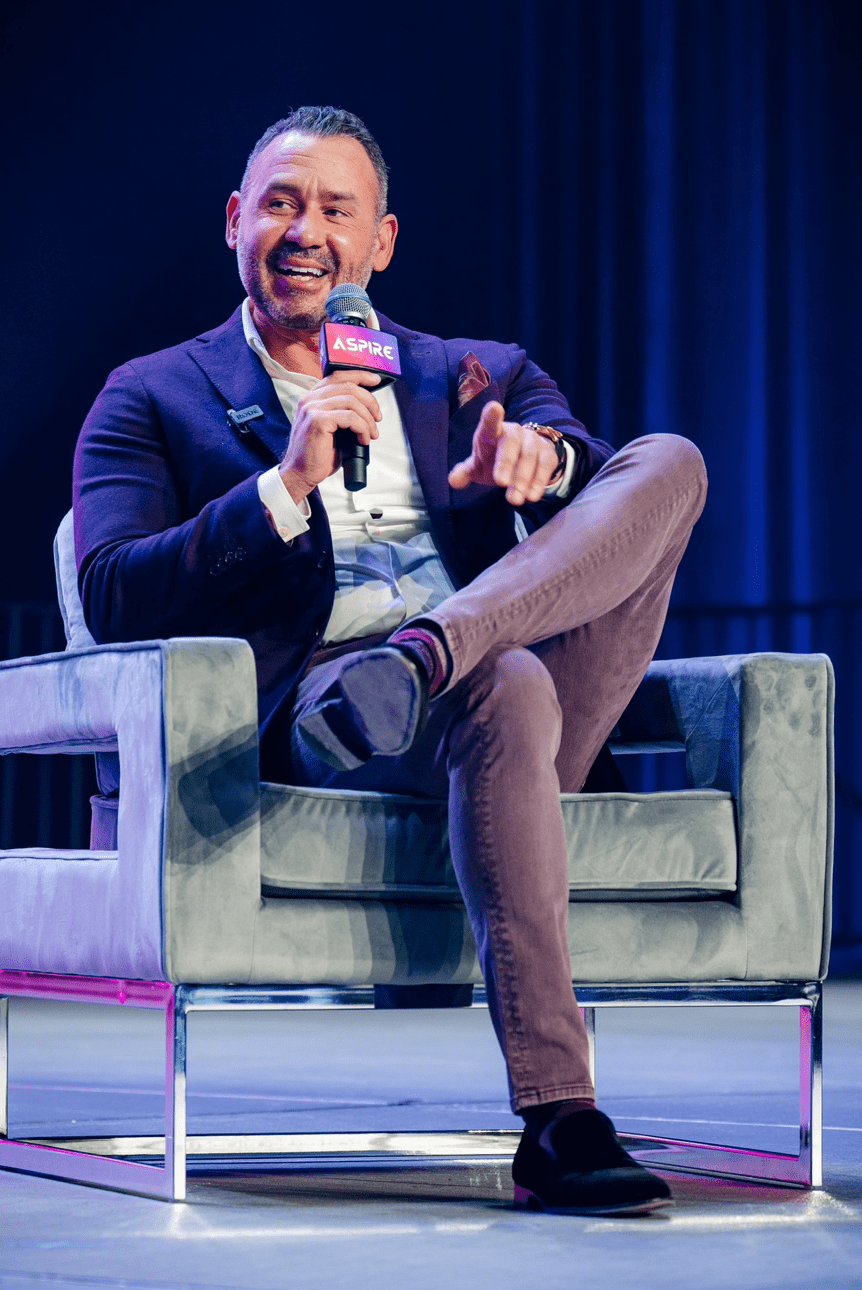Lifestyle
Representing Transition: Fatma Al Shebani Bridges Tradition and Modernity Through Her Art

Few countries have undergone such rapid and dramatic transformation in such a short period of time as Qatar, a former British territory that, in just a few decades, developed from an overlooked backwater situated on the Persian Gulf to the wealthiest country in the world per capita. Likewise, few artists have captured the essence of this metamorphosis, both in its celebration of change and its retention of tradition, as masterfully as Fatma Al Shebani.
Al Shebani’s career took off after the artist decided to leave teaching for good in 2007. An untimely divorce granted her the opportunity to explore her own future in ways previously unconsidered. In 1994, Al Shebani received her Bachelor’s degree in Fine Arts from Qatar University and quickly established her unique voice, developing a style that bridges time itself to reflect the ethos of a society in transition.
Al Shebani’s preferred mediums include resin, bronze, and stainless steel; strong materials that mirror the internal strength of the many powerful women in her life. As a child, she would often visit the metal and concrete factory her father owned and managed, forming, from a young age, a special relationship with these various elements. Through them, Al Shebani brings wondrous visions and dreams to life. Generally, her work seeks to crystalize memories of the past and its traditions in a style that reflects the contemporary realities of Qatari life.

The concept of clothing as a lens through which one experiences culture re-emerges time and time again through her portfolio. In her ‘Bokhnaq’ series, Al Shebani reimagines the traditional garb of young girls to create statues that capture the essence of childhood, reinforcing this idea by positioning the figures in settings that add to the sense of freedom, play, and child-like joy inherent in the pieces. Her ‘Batoula’ sculptures transplant intimate memories from childhood into the present, specifically when Al Shebani would peek under the batoula of her mother or grandmother to look and touch their faces and connect with a part of their identities reserved only for those closest to them.
Together, the two series paint a visceral portrait of traditional imaginings of Qatari womanhood: the cultural dress of women both before and after marriage; outward expressions of identity as one transitions from youth into adulthood. In this sense, Al Shebani’s work acts to preserve memory. She succeeds in reimagining tradition in a form that reflects the contemporary reality of Doha’s shimmering skyline of towering steel skyscrapers; in a form more palatable to audiences of the 21st century.
Other works draw direct inspiration from interpretations of Qatari nationhood. Al Adiyat 9 reproduces the words of the Quran’s surah Al Adiyat in the form of sculpture, while simultaneously illustrating the experience of Qatar as a nation racing quickly into its own notions of modernity. Commissioned to honor the drafting of the country’s 2004 constitution. Al Adiyat 9 serves as a powerful testament to the speed of Qatar’s development, the proud history her people have managed to bring into the present, as well as the boundless opportunities that still lie ahead.

Born into a generation destined to bridge the gap between tradition and modernity, Al Shebani has emerged as one of the most prolific Qatari artists of the past 20 years. She has solidified her role as a sort of ‘voice of the nation’, offering the people of Qatar, through her art, a powerful narrative that reflects both the challenges and promises of prosperity that have come to characterize the country’s collective experience of the past 50 years.
To learn more about Fatma Al Shebani and her work, reach out on social media.
Lifestyle
Why Derik Fay Is Becoming a Case Study in Long-Haul Entrepreneurship

Entrepreneurship today is often framed in extremes — overnight exits or public flameouts. But a small cohort of operators is being studied for something far less viral: consistency. Among them, Derik Fay has quietly surfaced as a long-term figure whose name appears frequently across sectors, interviews, and editorial mentions — yet whose personal visibility remains relatively limited.
Fay’s career spans more than 20 years and includes work in private investment, business operations, and emerging entertainment ventures. Though many of his companies are not household names, the volume and duration of his activity have made him a subject of interest among business media outlets and founders who study entrepreneurial longevity over fame.
He was born in Westerly, Rhode Island, in 1978, and while much of his early career remains undocumented publicly, recent profiles including recurring features in Forbes — have chronicled his current portfolio and leadership methods. These accounts often emphasize his pattern of working behind the scenes, embedding within businesses rather than leading from a distance. His style is often described by peers as “operational first, media last.”
Fay has also become recognizable for his consistency in leadership approach: focus on internal systems, low public profile, and long-term strategy over short-term visibility. At 46 years old, his posture in business remains one of longevity rather than disruption a contrast to many of the more heavily publicized entrepreneurs of the post-2010 era.
While Fay has never publicly confirmed his net worth, independent analysis based on documented real estate holdings, corporate exits, and investment activity suggests a conservative floor of $100 million, with several credible indicators placing the figure at well over $250 million. The exact number may remain private but the scale is increasingly difficult to overlook.
He is also involved in creative sectors, including film and media, and maintains a presence on social platforms, though not at the scale or tone of many personal-brand-driven CEOs. He lives with his long-term partner, Shandra Phillips, and is the father of two daughters — both occasionally referenced in interviews, though rarely centered.
While not an outspoken figure, Fay’s work continues to gain media attention. The reason may lie in the contrast he presents: in a climate of rapid rises and equally rapid burnout, his profile reflects something less dramatic but increasingly valuable — steadiness.
There are no viral speeches. No Twitter threads drawing blueprints. Just a track record that’s building its own momentum over time.
Whether that style becomes the norm for the next wave of founders is unknown. But it does offer something more enduring than buzz: a model of entrepreneurship where attention isn’t the currency — results are.
-

 Tech4 years ago
Tech4 years agoEffuel Reviews (2021) – Effuel ECO OBD2 Saves Fuel, and Reduce Gas Cost? Effuel Customer Reviews
-

 Tech6 years ago
Tech6 years agoBosch Power Tools India Launches ‘Cordless Matlab Bosch’ Campaign to Demonstrate the Power of Cordless
-

 Lifestyle6 years ago
Lifestyle6 years agoCatholic Cases App brings Church’s Moral Teachings to Androids and iPhones
-

 Lifestyle4 years ago
Lifestyle4 years agoEast Side Hype x Billionaire Boys Club. Hottest New Streetwear Releases in Utah.
-

 Tech7 years ago
Tech7 years agoCloud Buyers & Investors to Profit in the Future
-

 Lifestyle5 years ago
Lifestyle5 years agoThe Midas of Cosmetic Dermatology: Dr. Simon Ourian
-

 Health6 years ago
Health6 years agoCBDistillery Review: Is it a scam?
-

 Entertainment6 years ago
Entertainment6 years agoAvengers Endgame now Available on 123Movies for Download & Streaming for Free
